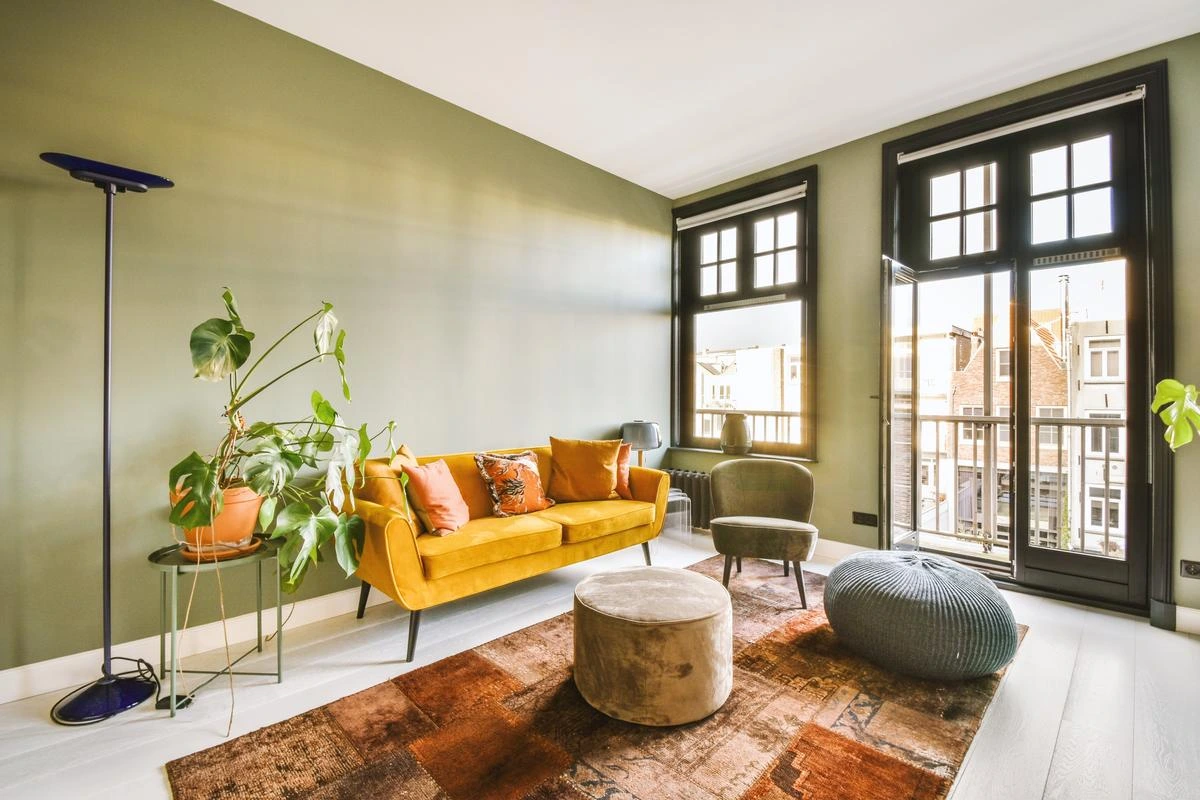The family room is the heart of the home, where loved ones gather to relax, connect, and create cherished memories. A well-designed family room can enhance the comfort and functionality of the space, making it a welcoming retreat for the entire family.
While the idea of mixing and matching furniture in the family room is appealing, it can also be a daunting task. Choosing the right pieces, coordinating styles, and achieving a cohesive look can be overwhelming for many homeowners.
In this blog, we will guide you through the art of mixing and matching family room furniture to create a space that reflects your family’s unique style and fosters a warm and inviting atmosphere. We will explore various design principles, color schemes, and furniture arrangement techniques to help you achieve a harmonious and visually appealing family room.

Step 1: Understand Your Family Room
Start by assessing the available space and layout of your family room. Measure the dimensions and consider any architectural features that might impact furniture placement. Understanding the room’s size and shape will help you choose the right furniture pieces that fit well and optimize the space.
What Are You Going to Use the Room for?
Consider the primary functions and needs of your family room. Is it a space for entertaining, relaxing, or watching TV? Are there specific activities like reading or playing games? Identifying these functions will guide you in selecting furniture that aligns with your family’s lifestyle and enhances the room’s usability.
Pick your Preferred Style and Ambiance
Family rooms should reflect your family’s style and personality. Consider the ambiance you want to create—cozy and traditional, modern and sleek, or eclectic and bohemian. Get furniture pieces that match your desired style, and don’t hesitate to mix different styles and textures for a unique and personalized look.
Step 2: Choose a Cohesive Theme
Explore various interior design styles to find inspiration for your family room. From modern to farmhouse, coastal to bohemian, familiarize yourself with the characteristics of each style to determine your family’s preference.
Selecting a Theme That Suits Your Family’s Preferences and Lifestyle
After exploring different styles, choose a theme that aligns with your family’s preferences and lifestyle. Consider the activities in the room and the ambiance you want to create. Whether it’s a cozy farmhouse or a sleek modern look, selecting the right theme sets the tone for your family room.
Understanding the Color Palette and Overall Aesthetics
Create a cohesive color palette that complements your chosen theme. Incorporate various shades and textures to add depth and interest. Look for common elements among furniture pieces, such as similar finishes or accents, to tie the room together.
Step 3: Start with Key Furniture Pieces
Begin by choosing anchor furniture, such as sofas and sectionals, as they set the tone for your family room’s design. Consider size, style, and upholstery material to ensure they fit your theme and space.
Considering the Functionality and Comfort of Seating Options
Prioritize functionality and comfort when selecting seating options. Choose durable and comfortable pieces that suit your family’s lifestyle. Mixing different seating types, like chairs, ottomans, and loveseats, adds visual interest and versatility.
Identifying the Focal Point of the Room and Arranging Furniture Around It
Every family room has a focal point, like a fireplace or media center. Arrange furniture around it to create a cohesive layout that encourages conversation and relaxation.
Step 4: Mix Furniture Styles
Mixing furniture styles adds depth and personality to your family room. Consider combining modern, traditional, or eclectic pieces to create a dynamic and visually appealing space that showcases your family’s unique taste.
Balancing Different Design Elements to Create a Cohesive Look
Strive to strike a balance between different design elements while mixing styles. Pay attention to proportions, shapes, and colors for a cohesive look. Pairing a modern coffee table with a classic sofa can create an intriguing contrast that enhances the room’s appeal.
How to Blend Various Materials, Finishes, and Textures
Blending materials, finishes, and textures is vital for a visually engaging family room. Mix wood, metal, glass, and fabric elements to add depth and richness. Incorporate different finishes, such as matte, glossy, or distressed, for added interest.
Step 5: Play with Patterns and Textiles
Patterns influence a room’s ambiance and visual appeal. Floral, geometric, or striped patterns each bring distinct character to the space. Bold patterns add energy, while subtle ones create a calming atmosphere. Understanding their effect helps set the desired mood in your family room.
Tips for Pairing Different Patterns Harmoniously
Pairing patterns can be daunting, but a few tips can achieve a stylish look. Start with a dominant pattern, like a patterned sofa or rug, to anchor the room. Mix smaller-scale patterns for cushions or curtains, ensuring complementary colors or themes for a cohesive look.
Adding Textures Through Rugs, Cushions, and Throws
Textures bring warmth and depth to your family room. Introduce cozy rugs, plush cushions, and soft throws. Mixing textures, like a chunky knit throw on a leather sofa or a textured area rug under a wooden coffee table, creates a comfortable and inviting space.
Step 6: Bring Balance and Symmetry
Proper furniture placement is crucial for a well-designed family room. Ensure even distribution of furniture to avoid overcrowding on one side and leaving the other side empty. Achieving balance creates a harmonious and comfortable space.
Using Symmetry to Create a Visually Pleasing Arrangement
Symmetry is a powerful tool in interior design. Creating a symmetrical arrangement with identical or similar furniture pieces on both sides of a central point adds visual appeal. Match sofas or chairs, use identical side tables, or hang matching wall art for a balanced look.
Incorporating Focal Points and Visual Anchors to Maintain Balance
Focal points and visual anchors play a vital role in maintaining balance. Arrange furniture around a natural focal point like a fireplace or window. Visual anchors, such as a large area rug or an entertainment center, tie the room together and add cohesion.
Conclusion
Mastering the art of mixing and matching furniture in the family room can truly transform the heart of your home. With careful consideration of design principles, color palettes, and furniture arrangement techniques, you can curate a space that is both functional and aesthetically pleasing.
If you’re looking for that perfect Family Room Furniture piece to complete your vision, you can reach out to Craftsmanbilt for free design consultation in Indianapolis! We offer furniture customization services for every part of your home.

